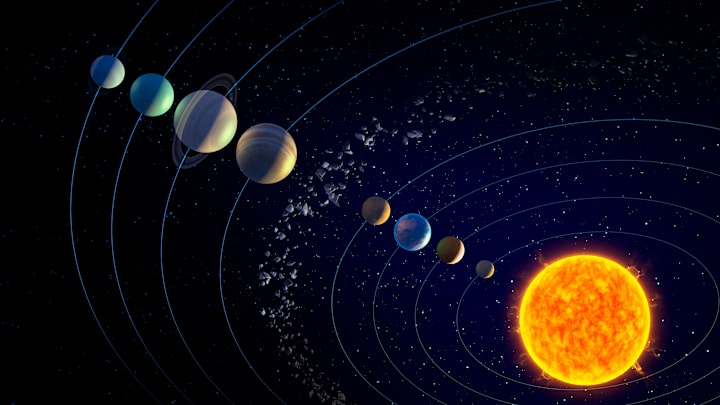As residents of Earth, we’re well accustomed to the fact that there are 24 hours in a day. That’s approximately how long it takes the planet to move on its axis relative to the sun, known as a solar day. (But it's not how long it takes Earth to rotate on its axis, period: that actually happens in 23 hours, 56 minutes, and 4 seconds.) But the same math isn’t true of other planets, which can take more—or less—time, putting their days well outside Earth’s familiar routine.
See if you can put the planets in order based on the length (in hours) of their respective days going from longest to shortest in the quiz below.
Earth days haven’t always been 24 hours. Roughly 1.4 billion years ago, the planet could finish rotating in 18 hours and 41 minutes. Why the discrepancy? Thanks to the moon’s incrementally increasing distance, Earth days are slowly getting longer, with scientists estimating that 0.000015 of a second is added annually. (According to NASA, the moon gets about 1 inch further away each year.) Will we eventually need a 25-hour clock? Potentially, but not for millions of years.
Take Our Latest Quizzes:
